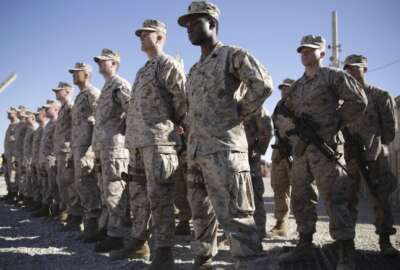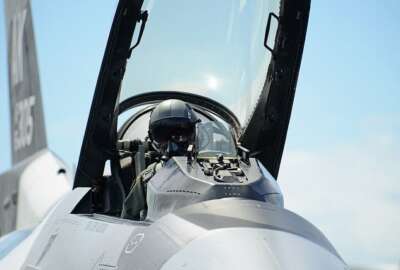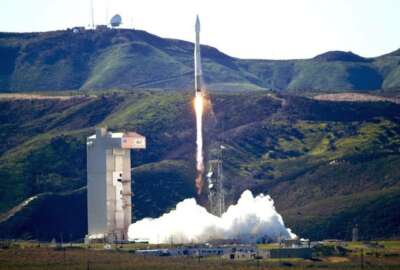
Air Force using cost-benefit analysis to enforce DoD’s nondeployable policy
The Air Force is being careful in who it kicks out of the service, even if the airman hasn't been deployable for a year or more.
The Air Force is using a careful cost-benefit analysis to decide who it should push out of the service under Defense Secretary Jim Mattis’ nondeployable policy.
The three-month-old policy requires all military services to push out any service member that has not been able to deploy for a year or more.
However, nondeployable service members can obtain waivers from their service secretaries to stay in the service. That is something the Air Force is using, especially when it comes to retaining talented airmen in needed positions.
“We manage the commander’s decision making authority to make sure that we have the talent to do the job and that when there are exceptions to policy required it is done with the right data,” Lt. Gen. Steven Kwast, commander of Air Education and Training Command, told reporters May 24 in Washington, D.C. “We have data what the talent is and we have data on what the risk is so we do not fall back into an industrial age model where if you do not have 20/20 vision you cannot fly and our selection rate is DNA and has nothing to do with being good in the cockpit.”
Latest Defense News
“The Air Force has had a lower percentage of nondeployable people than the other services historically. We also have some career fields that don’t deploy at all,” Air Force Secretary Heather Wilson said in February. “I would expect we would try to implement [the DoD] policy with two priorities in mind. One is the lethality and readiness of the force overall to be able to fight. The second is fairness. There is an argument that says if you have 100 people that can do a job and 10 of them that are nondeployable, the other 90 are carrying the greater burden. If that’s true then we’ve got to do things that are fair.”
Kwast said the Air Force needs common sense and exceptions to policy to maintain talent.
He added while the Air Force has a policy that everyone must be deployable, if the service has a world-class hacker who has a disease that does not affect anything except there might not be medical care available wherever the airmen deployed, then it might be worth taking that risk.
The nondeployable policy has the potential to impact more than a quarter million troops. However, being nondeployable can be caused by something as simple as not visiting the dentist for a regular checkup.
DOMPA changes
While the Air Force is trying to hold on to talent as it cracks down on nondeployable airmen, the service is looking forward to the possibility of more retention and recruiting tools in 2019.
Senate Armed Services Personnel Subcommittee Chairman Thom Tillis (R-N.C.) said this week the subcommittee’s recommendations for the 2019 defense authorization bill hold some of the biggest changes to the Defense Officer Personnel Management Act (DOPMA) since it became law in 1980.
DOMPA codifies rules on separation, retirement, promotions and other personnel management areas in the military.
The details of the bill have not been released yet.
“What [Tillis] is getting after is really needed,” Kwast said. “DOPMA is a construct that was crafted quite a long time ago and there are nuances in it that are really meant for an industrial age model. We live in an age now where we have the data that gives us insight into every human being down to the granular level as verses to large swaths of human beings which is how we kind of managed it in the industrial age. There’s probably a hundred things we could put into that, that will help us use the data to make decisions instead of policies that assume we do not have the data. That’s the big change that will come. It will give us agility and flexibility in the way we manage our human force.”
Copyright © 2025 Federal News Network. All rights reserved. This website is not intended for users located within the European Economic Area.
Scott Maucione is a defense reporter for Federal News Network and reports on human capital, workforce and the Defense Department at-large.
Follow @smaucioneWFED





